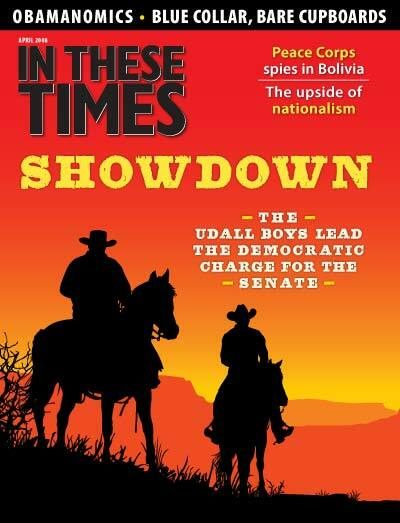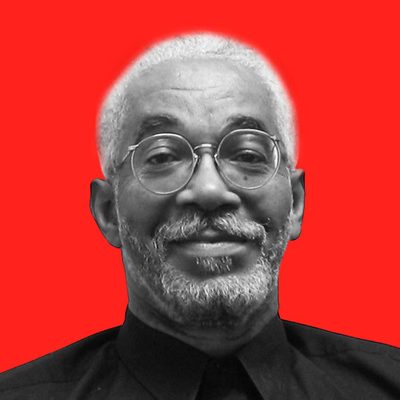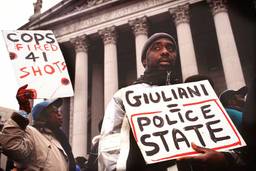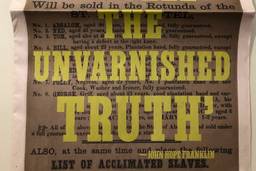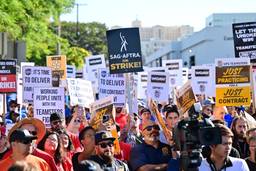In writing a book about Harold Washington, Chicago’s first black mayor, I wondered whether it was the people or the person that made the movement.
I had initially subscribed to the notion that the people produce the leadership, but my look back at the Washington years forced a change in my thinking. Washington’s success was largely a product of his personal dynamism and unique political virtuosity. Had he not existed, I concluded, Chicago would still be looking for its first black mayor.
The political phenomenon of Sen. Barack Obama (D-Ill.) again brings to mind that question of what came first, the person or the movement.
The thought that Americans may actually elect a black man to be commander in chief is an extraordinary development for a nation that fully enfranchised African Americans only 43 years ago. For many Americans – particularly older African Americans – the prospect of a black president seems almost inconceivable.
A multiracial movement made up of political enthusiasts is propelling Obama’s candidacy. They are folks who are motivated by something beyond partisan passions.
But, again, is Obama a product of this movement or did he, with his unique combination of personal qualities, produce it?
Before the Obama campaign caught the fancy of the nation, many social critics were describing our current racial climate in increasingly dismal terms. Were I pressed to characterize the period, I might have called it the age of two “n-words”: niggers and nooses. But again, that was B.O. – Before Obama.
This n-word negativity began intensifying after Hurricane Katrina in 2005. It revealed the desperate plight of the nation’s black poor and it was reinforced by the Bush administration’s inadequate response. Rapper Kanye West famously quipped on national television that “George Bush doesn’t care about black people,” and his remarks resonated across black America.
Following the Katrina debacle, a number of rancorous racial incidents began darkening the public mood: actor Michael Richards shouting “nigger” and evoking lynching at a comedy club; shock jock Don Imus uttering “nappy-headed hos” on the public airwaves.
Then, thousands gathered in Jena, La., in 2007 to register their anger at the racially disparate punishment of black students following the incident of a hanging noose on school property. The case triggered one of the largest black protest marches since the civil rights movement.
When nooses began popping up all over the country, many commentators began bemoaning the return of overt racism. A series of racially charged cases of police abuse reinforced those dire assessments.
Last August, the predominantly black National Newspaper Publishers Association (NNPA) news service published an article with the headline “Mounting Racial Tensions ‘Resegregating’ America, Activists Say.” The piece typified the growing consensus that the racial climate was worsening, and it quoted a number of people who charted the decline.
Mark Potok, director of the Intelligence Project of the Southern Poverty Law Center, a group that monitors racial hate activities across the nation, told the NNPA, “It’s undeniable that we are resegregating education in a dramatic way and we are also becoming more segregated residentially than we were.”
Potok was not alone in his assessment that these are troubled racial times.
In 2008, however, analysts are struggling to account for white America’s apparent willingness to hand the nation’s reins to a black man. But how has the racial attitude changed so drastically in a matter of mere months?
One reason: Obama.
Activists tend to debunk the so-called “Great Man” theory of history because of its potential to demobilize movements.
And other influences deserve consideration, of course. Hip-hop, athletics, movies, the news media and political activism have made many Americans more comfortable with African Americans’ presence in the public square.
However, all of that was true last summer, as well. The difference between then and now is the prominence of a movement created by one black man’s presidential campaign. That movement would not exist without Barack Obama.

I hope you found this article important. Before you leave, I want to ask you to consider supporting our work with a donation. In These Times needs readers like you to help sustain our mission. We don’t depend on—or want—corporate advertising or deep-pocketed billionaires to fund our journalism. We’re supported by you, the reader, so we can focus on covering the issues that matter most to the progressive movement without fear or compromise.
Our work isn’t hidden behind a paywall because of people like you who support our journalism. We want to keep it that way. If you value the work we do and the movements we cover, please consider donating to In These Times.
Salim Muwakkil is a senior editor of In These Times and host of “The Salim Muwakkil Show” on radio station WVON-AM in Chicago. Muwakkil was also contributing columnist for both the Chicago Sun-Times (1993 – 1997) and the Chicago Tribune (1998 – 2005). He is also a co-founder of Pacifica News’ network daily “Democracy Now” program and served as an adjunct professor at Northwestern University, University of Illinois, the Art Institute of Chicago and Chicago’s Columbia College.
